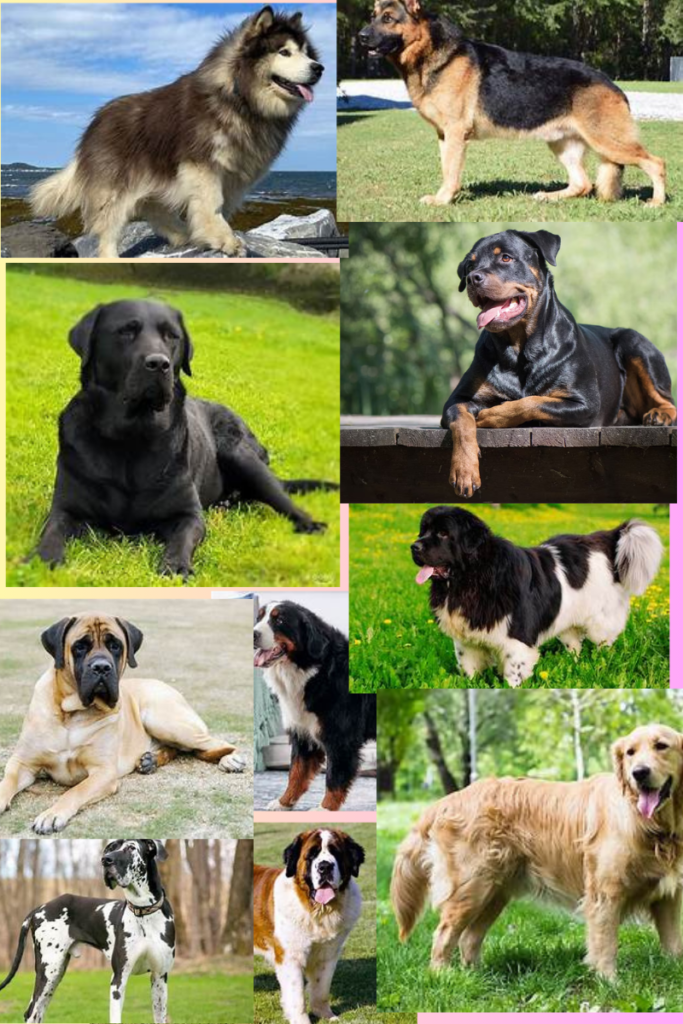Large dog breeds are beloved for their impressive size, loyalty, and often gentle nature. However, owning a large dog has unique challenges, including specific grooming needs, health concerns, dietary requirements, and activity levels.
1. Great Dane
Grooming:
Great Danes have short coats that require little grooming. Weekly brushing keeps their coats nice and shiny, and occasional baths are sufficient.
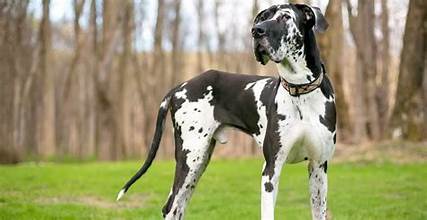
Health Concerns:
Great Danes can get hip dysplasia, bloat, and heart issues. Vet check-ups and a healthy diet can limit some risks
Diet:
Due to their size, Great Danes need a diet rich in high-quality protein. Multiple smaller meals daily can help prevent bloat.
Activity Level:
Great Danes have moderate energy levels despite their size. Daily walks and some playtime are usually enough.
Lifespan: 7-10 years
2. Saint Bernard
Grooming:
Saint Bernards have thick, dense coats that require regular brushing, especially during shedding seasons. They are prone to drooling, so face cleaning is also necessary.
Health Concerns:
This breed is susceptible to hip dysplasia, heart disease, and eye conditions. It is crucial to keep a healthy weight and have regular vet visits.
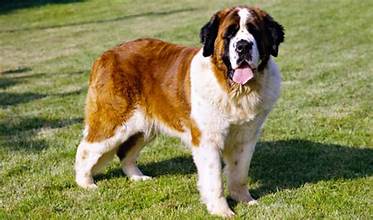
Diet:
A balanced diet with controlled portions is essential to avoid obesity. High-quality kibble formulated for large breeds is recommended.
Activity Level:
Saint Bernards are generally low-energy dogs but require daily exercise to prevent weight gain.
Lifespan: 8-10 years
3. Bernese Mountain Dog
Grooming:
Bernese Mountain Dogs have a double thick coat that requires frequent brushing to prevent matting. They shed year-round, with heavier shedding in spring and fall.
Health Concerns:
Common health issues are elbow and hip dysplasia, cancer, and bloat. Early detection through regular vet visits is critical.
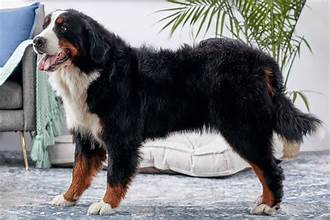
Diet:
A diet rich in proteins and fats supports their large frame. Portion control is vital to avoid obesity.
Activity Level:
They are active and enjoy outdoor activities like hiking. Regular exercise is essential to keeping them healthy and happy.
Lifespan: 6-8 years
4. Mastiff
Grooming:
Mastiffs have a short coat that is easy to maintain with weekly brushing. They drool, so regularly cleaning their face and neck folds is necessary.
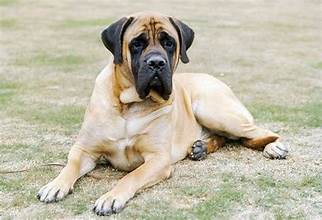
Health Concerns:
Mastiffs are prone to hip dysplasia, bloat, and heart issues. It is essential to keep them at a healthy weight and ensure regular vet care.
Diet:
Mastiffs need a diet that supports their large size but isn’t too calorie-dense to prevent rapid weight gain. Multiple smaller meals can help prevent bloat.
Activity Level:
While generally low-energy, they still need regular walks and playtime to stay healthy.
Lifespan: 6-10 years
5. Newfoundland
Grooming:
Newfoundlands have a thick, water-resistant coat that needs regular brushing, especially during shedding seasons. Be sure to check and clean their ears often to prevent infections.
Health Concerns:
They are susceptible to hip dysplasia, heart issues, and cystinuria (a kidney condition). A balanced diet and regular vet check-ups are essential.
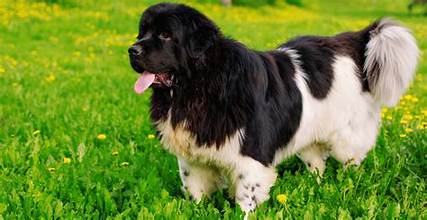
Diet:
A diet formulated for large, active dogs is recommended. Avoid overfeeding to prevent weight-related issues.
Activity Level:
Newfoundlands are moderately active and enjoy swimming. Daily exercise is essential to keep them fit.
Lifespan: 8-10 years
6. German Shepherd
Grooming:
German Shepherds have a double coat, so they shed year-round. Regular brushing helps control shedding and keeps their coat healthy.
Health Concerns:
Common issues include hip and elbow dysplasia, degenerative myelopathy, and bloat. Regular vet visits and a healthy diet can help manage these risks.
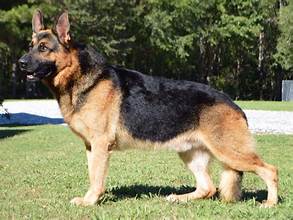
Diet:
High-quality, protein-rich food supports their active lifestyle and muscle development.
Activity Level:
Highly active and intelligent, German Shepherds need plenty of physical and mental stimulation and daily exercise.
Lifespan: 9-13 years
7. Rottweiler
Grooming:
Rottweilers have a short, dense coat that does not require much grooming. Weekly brushing and regular baths are usually sufficient.
Health Concerns:
They are prone to hip dysplasia, heart issues, and certain cancers. Maintaining a healthy weight and regular vet care are vital.
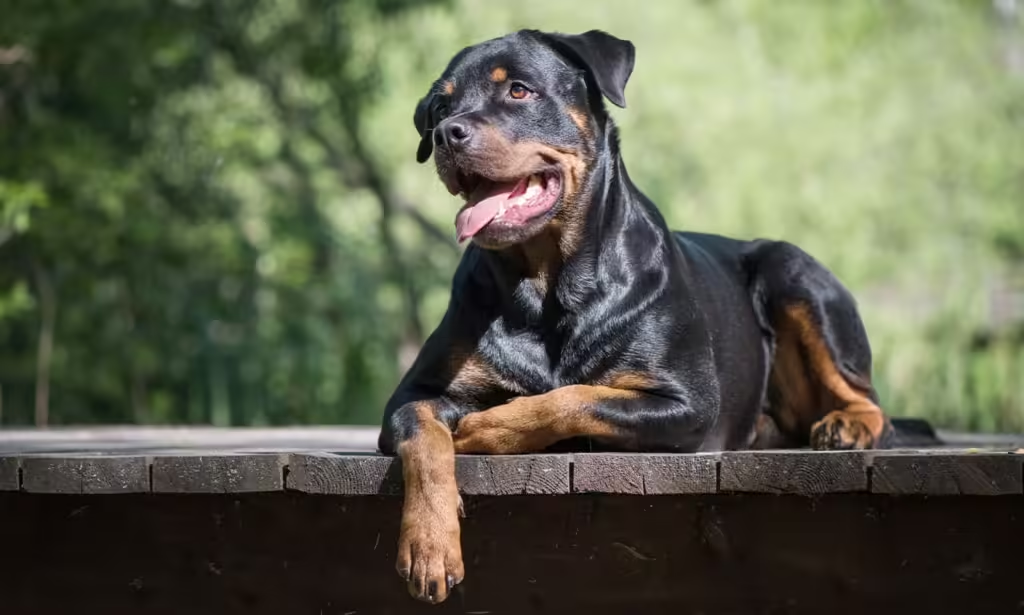
Diet:
A balanced, protein-rich diet supports their muscular build. Avoid overfeeding to prevent obesity.
Activity Level:
Rottweilers are very energetic and require regular exercise to stay fit and mentally stimulated.
Lifespan: 8-10 years
8. Golden Retriever
Grooming:
Golden Retrievers have a dense, water-repellent coat that needs regular brushing to stop the coat from matting and control shedding.
Health Concerns:
Hip dysplasia, heart problems, and certain cancers are common health issues. Regular vet check-ups and a balanced diet are essential.

Diet:
A healthy diet rich in healthy proteins and fats is recommended. Portion control is crucial in preventing obesity.
Activity Level:
Golden Retrievers are active and require daily exercise to maintain their physical and mental health.
Lifespan: 10-12 years
9. Labrador Retriever
Grooming:
Labradors have a short, thick coat that sheds year-round. Regular brushing helps manage shedding and keeps their coat healthy.
Health Concerns:
They can develop hip and elbow dysplasia, eye conditions, and obesity. Regular vet check-ups and a balanced diet are essential.

Diet:
Labradors need a diet that supports their active lifestyle, with controlled portions to prevent weight gain.
Activity Level:
Labradors are highly energetic and require plenty of daily exercise to stay healthy and happy.
Lifespan: 10-12 years
10. Alaskan Malamute
Grooming:
Alaskan Malamutes have a thick double coat that requires frequent brushing, especially during shedding seasons. Regular grooming is essential to prevent matting.
Health Concerns:
Common health issues are hip dysplasia, hypothyroidism, and cataracts. Getting regular vet visits and a balanced diet can help manage these risks.
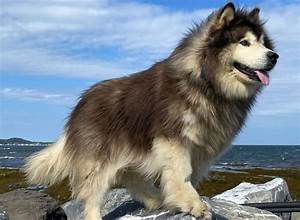
Diet:
A healthy diet rich in protein and fat is necessary to fuel their energy levels. Avoid overfeeding to prevent obesity.
Activity Level:
Malamutes are highly active and require vigorous exercise to keep them healthy and prevent boredom.
Lifespan: 10-14 years
Conclusion
Choosing a large dog breed comes with significant responsibilities. Understanding their grooming needs, health concerns, dietary requirements, and activity levels is crucial to providing them a happy and healthy life. Whether you’re drawn to the gentle giant nature of a Great Dane or the energetic spirit of a German Shepherd, being informed will help you make the best decision for your household.

